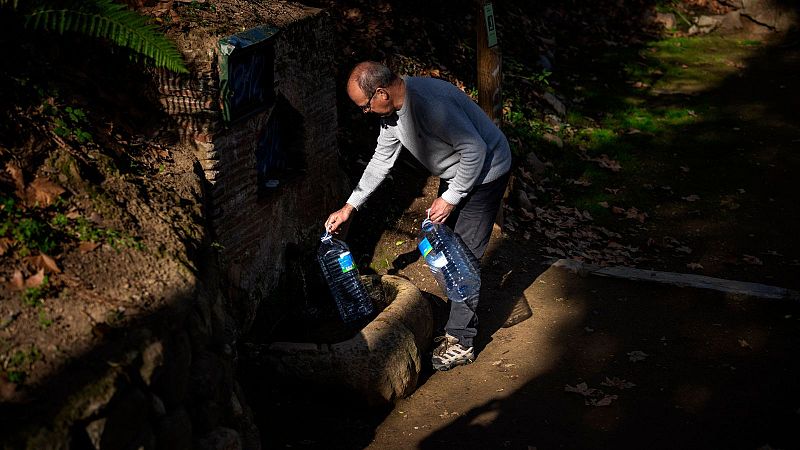A Global Crisis Unfolds: Droughts Reshaping Lives and Landscapes
Droughts are no longer just a weather phenomenon; they have become a silent but devastating force that is reshaping the world. According to Paula Guastello, a drought impacts researcher at the US National Drought Mitigation Center (NDMC), the signs of this crisis are clear. Girls being pulled from school and forced into early marriages, hospitals without power, and families digging in dry riverbeds for contaminated water—these are all symptoms of a severe global situation.
In collaboration with the UN Convention to Combat Desertification (UNCCD), the NDMC has completed a comprehensive survey of global droughts between 2023 and 2025. The findings reveal some of the most widespread and damaging droughts in recorded history. Their report draws on data from hundreds of government, scientific, and media sources to identify the most affected regions around the world, including the Mediterranean.
Europe’s Drought Hotspots
By early June, 35% of the EU and UK were under some form of drought warning, according to recent data. This follows a record-breaking hot spring driven by climate change. Alert conditions are worsening in large areas of Ukraine, parts of Türkiye, as well as in the UK, Poland, Cyprus, Greece, and the southeastern Balkans.
Spain, Morocco, and Türkiye are particularly hard-hit in the Mediterranean region. Water shortages have severely impacted Spain’s agriculture and tourism sectors. By September 2023, two years of drought and extreme heat caused a 50% drop in olive production, leading to a doubling of olive oil prices across the country.
In Türkiye, drought has accelerated groundwater depletion, resulting in sinkholes that threaten local communities and infrastructure. It also reduces the capacity of aquifers, which are essential for long-term water storage.
Dr. Mark Svoboda, a co-author of the report and director of the NDMC, emphasizes that Mediterranean countries act as “canaries in the coal mine” for modern economies. The challenges these nations face in securing water, food, and energy under persistent drought serve as a warning of what could happen globally if climate change remains unchecked.
Drought’s Global Impact
The effects of drought extend far beyond Europe. In Eastern and Southern Africa, more than 90 million people face acute hunger, with some areas experiencing their worst-ever drought. In Somalia, an estimated 43,000 people died in 2022 due to drought-linked hunger. Zambia faced one of the worst energy crises in April 2024 when the Zambezi River fell to 20% of its long-term average. The Kariba Dam, the country’s largest hydroelectric plant, dropped to 7% of its generation capacity, causing daily blackouts of up to 21 hours.
Forced child marriages have more than doubled in drought-affected regions of Ethiopia, despite being outlawed. In the Amazon, Indigenous and rural communities have seen their lives disrupted by extreme drought. Some rivers reached their lowest levels ever recorded, leaving residents stranded and entire towns without access to clean drinking water.
Disproportionate Impact on Women and Children
Women and children are often the hardest hit by droughts. “The coping mechanisms we saw during this drought grew increasingly desperate,” says Guastello. In many cases, families resort to extreme measures to survive, including child marriages and migration.
The situation in the Amazon highlights the vulnerability of remote communities. Without access to clean water or medical facilities, women giving birth and children without food or shelter face life-threatening risks.
The Role of El Niño
Between 2023 and 2024, an El Niño climate phenomenon amplified the already harsh impacts of climate change, triggering dry conditions in major agricultural and ecological zones. “This was a perfect storm,” says Dr. Kelly Helm Smith, a co-author of the report. “El Niño added fuel to the fire of climate change, compounding the effects for many vulnerable societies and ecosystems past their limits.”
Recommendations for Action
The report outlines several key recommendations to mitigate the impact of droughts. These include stronger early warning systems to save lives, nature-based solutions such as watershed restoration, off-grid energy infrastructure, and gender-responsive adaptation strategies.
Dr. Smith emphasizes that the resources and knowledge exist to prevent a lot of suffering. “The question is, do we have the will?” she asks. As droughts continue to intensify, the need for urgent global cooperation has never been more critical.






